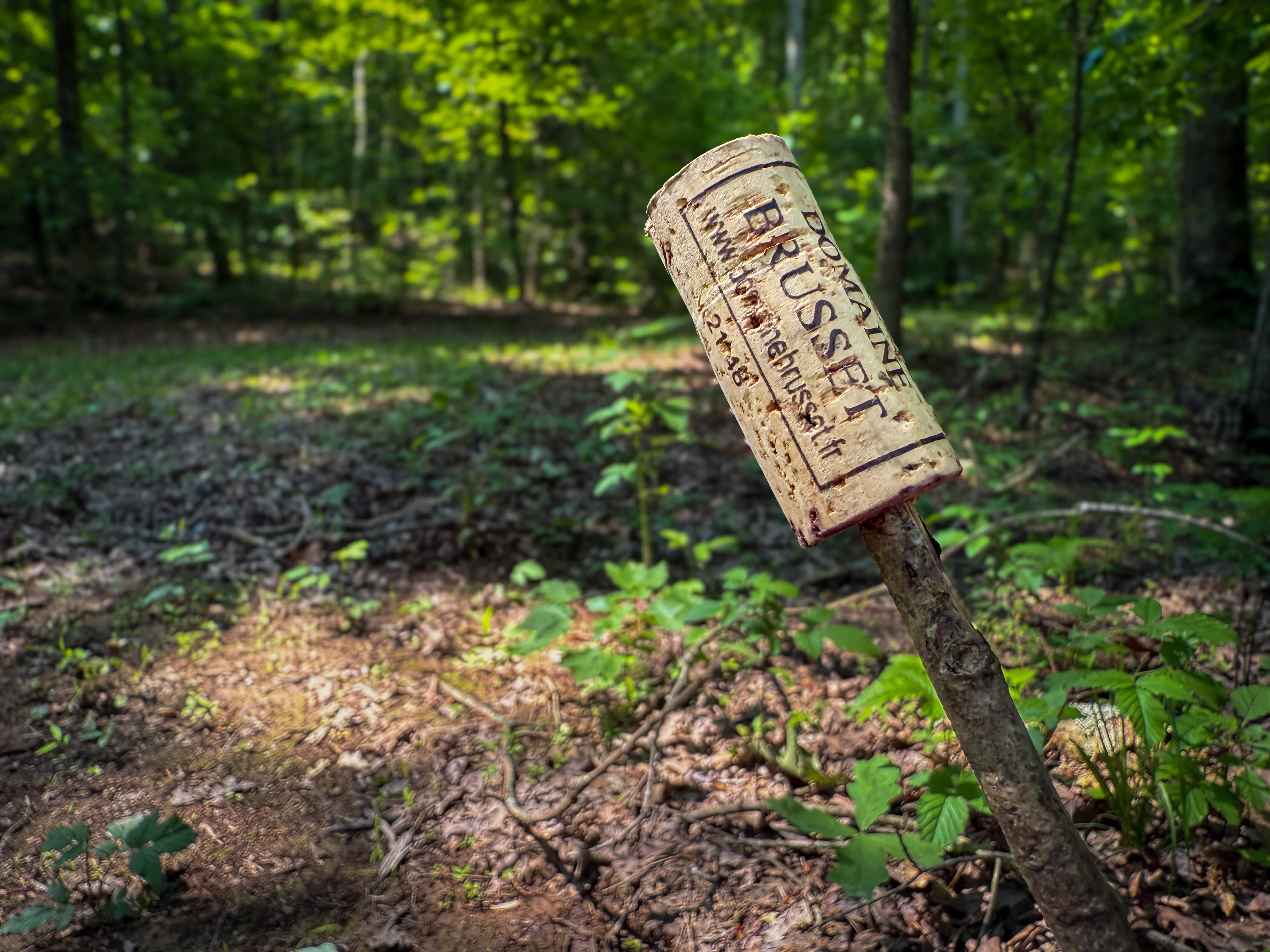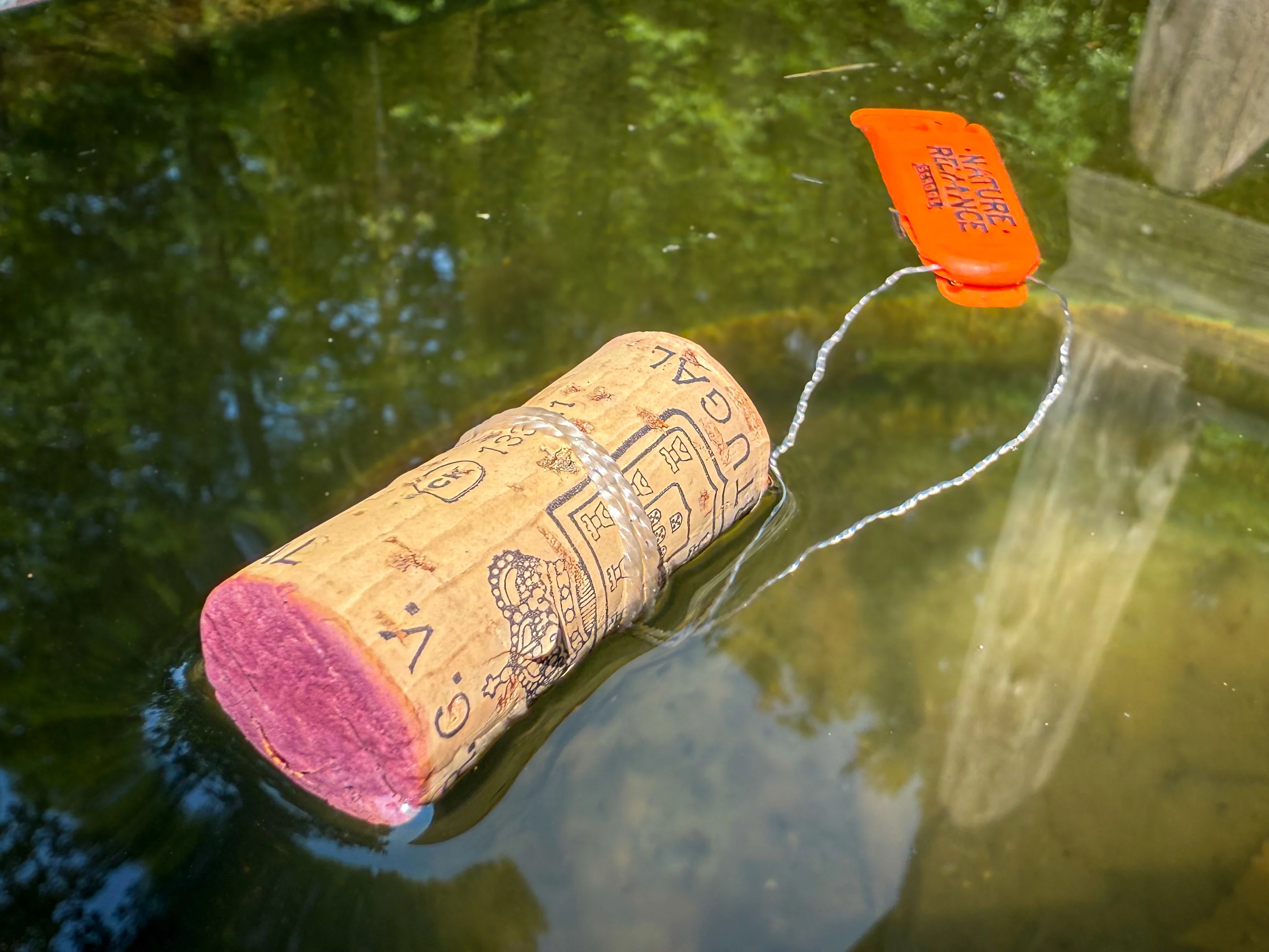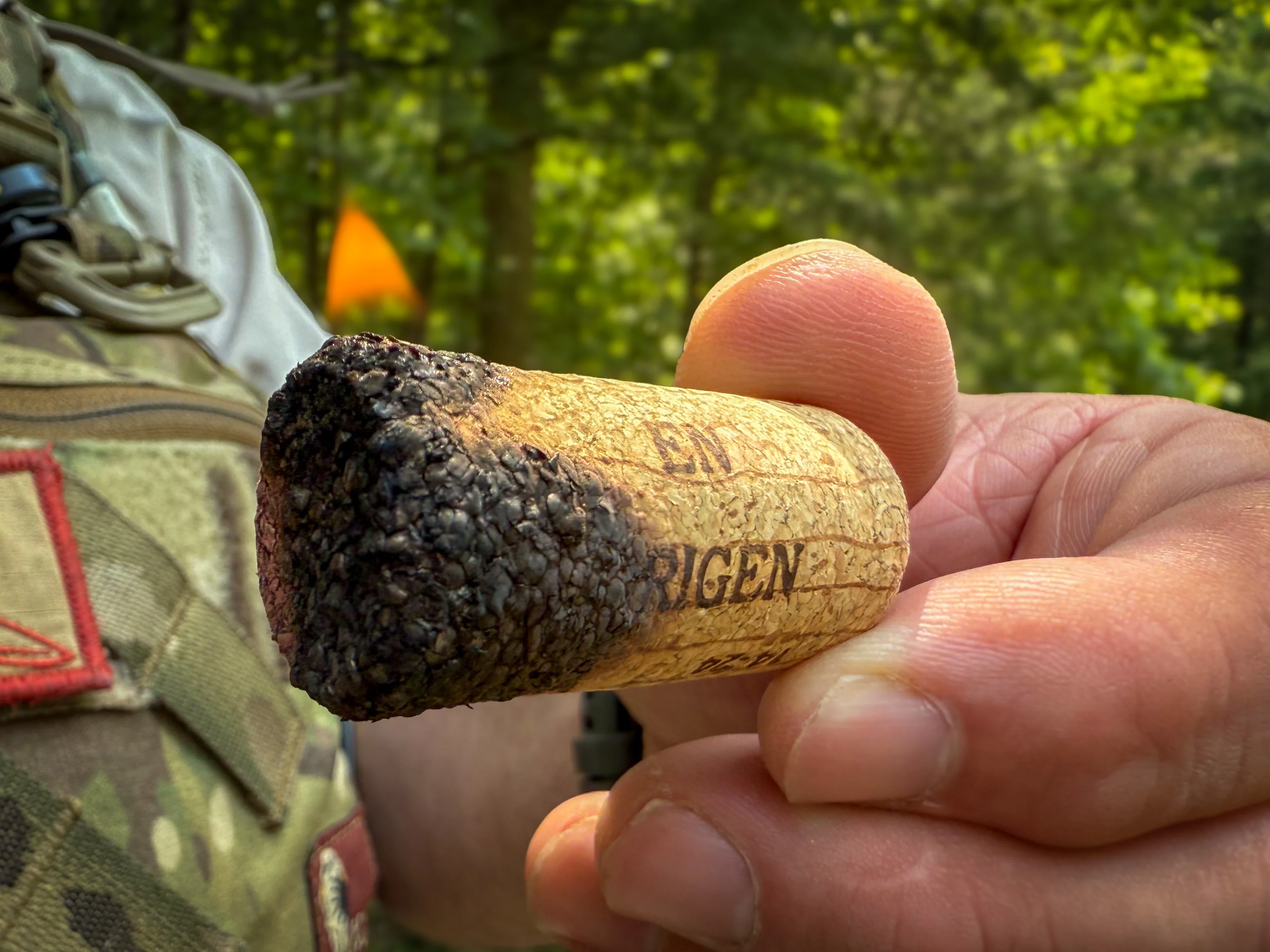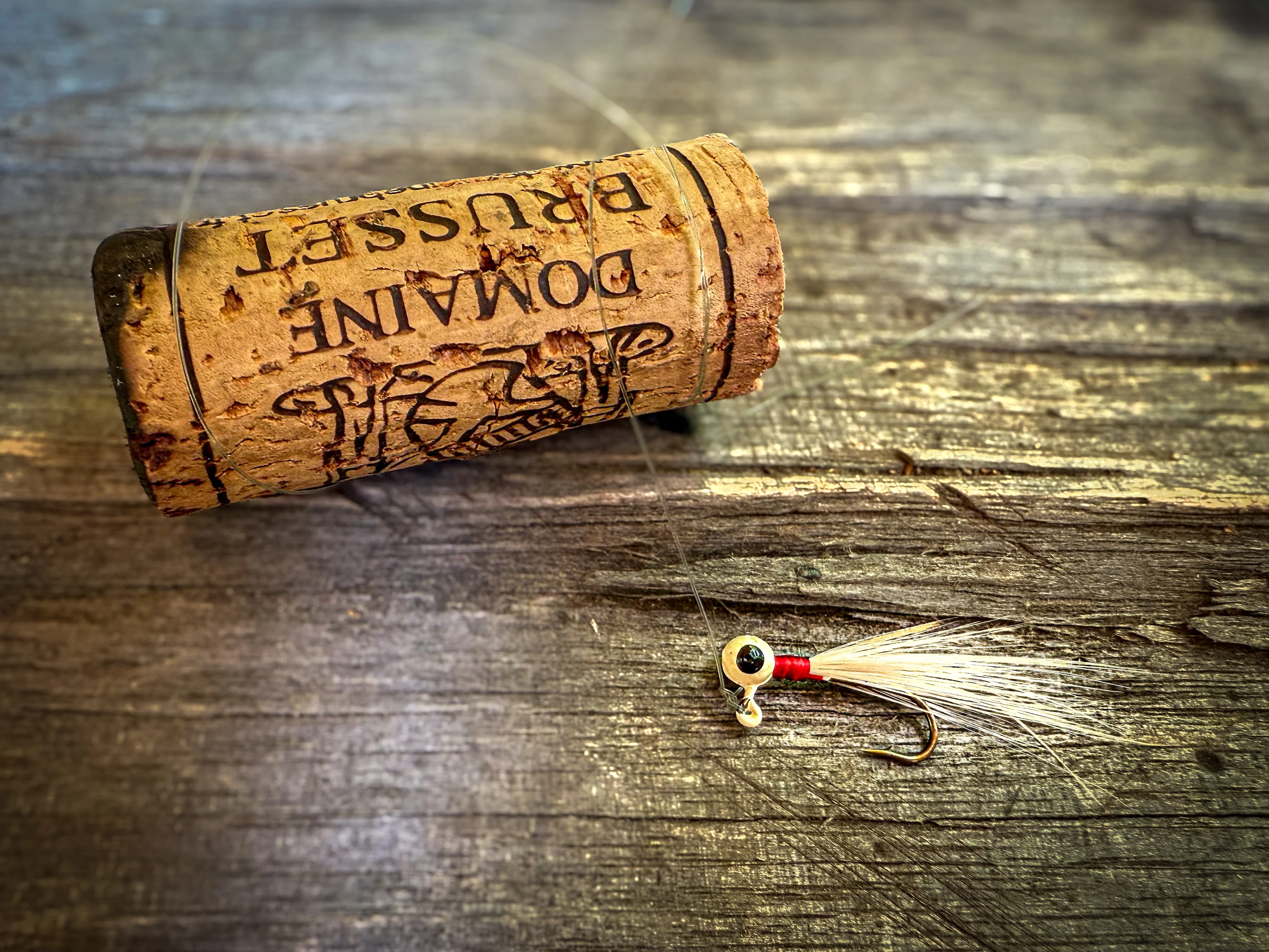Out in the backcountry, resourcefulness isn’t just a nice trait, it’s a survival skill. When gear fails, breaks, or gets left behind, it’s often the little things that make the biggest difference. A wine cork is about as far from something I’d intentionally pack as it gets. But I love running through what-if scenarios, and this one surprised me. Corks are lightweight, water-resistant, compressible, and they float, so I started playing around with a few ideas. After testing these out, I might just start tossing one or two into a survival kit. Here are four solid survival uses for a wine cork that prove you don’t always need high-dollar gear to stay prepared.
1. Trail Marker That Won’t Blow Away

When you're scouting a new area, blood-trailing game, or just exploring off-trail, marking your path can prevent you from getting turned around. A wine cork makes a simple and effective trail marker that’s both visible and biodegradable. If you must leave it behind, then it is not going to cause issues for the flora and fauna that come upon it.
How to Use It
Take a knife and carve a notch, arrow, or set of initials into the cork. You can also color one end with a bright marker, char it black with a flame, or wrap it in colored flagging tape to improve visibility. Then punch a hole through the cork and tie it to a limb or sapling at eye level using parachute cord, fishing line, or even natural cordage.
Why It Works
Unlike bits of paper or leaves that blow away, a cork has enough weight to stay put. And if you’re using natural fiber to hang it, the whole setup will break down over time ideal for those trying to minimize trace in the wild. It’s also reusable, so you can collect your markers as you backtrack and use them again later.
2. Emergency Whistle Float That Keeps Gear Afloat

Anyone who’s spent time around rivers, lakes, or marshes knows that one wrong move can send your gear to a watery grave. Corks are buoyant by design, which makes them perfect for keeping small items like whistles, mini flashlights, or fire starters from sinking when dropped.
How to Use It
Drill or burn a small hole through the cork and thread your whistle’s lanyard or split ring through it. If the whistle is already attached to a cord, tie the cork in as a stopper along the line. Just make sure the hole isn’t too large corks can split under pressure if you force it.
Why It Works
A standard wine cork can float several ounces easily. So, if you’re working around water, doing river crossings, canoeing, or scouting creeks, this little mod might keep you from losing the one piece of gear that could help search and rescue find you.
3. Fire Tinder or Long-Burning Match

Corks are naturally absorbent, and when soaked in the right substance, they make excellent fire starters. Whether you’re dealing with wet wood, high winds, or just bad luck, having a slow-burning starter can make all the difference.
How to Use It
Soak a wine cork in rubbing alcohol, wax, or even some melted Vaseline from your first aid kit. Let it absorb overnight, if possible, then store it in a sealed container or Ziploc bag. When it’s time to light a fire, shave one end into fine curls or just ignite it whole with a lighter or ferro rod.
Why It Works
A treated cork will burn for several minutes, long enough to catch damp kindling or light wet firewood. That extended burn time is a game-changer in rough weather. You can even split the cork into quarters if you want to stretch it out for multiple fires.
4. DIY Fishing Bobber That Won’t Quit

Let’s say you’ve got a hook and some line, but no bobber. A wine cork is an old-school solution that still works like a charm.
How to Use It
Poke a hole lengthwise through the cork and thread your fishing line through. If you’re working with limited tools, carve a shallow groove around one end of the cork and wrap your line around it a few times, securing it with a notch. You can also whittle one end into a tapered shape to simulate a surface bug for topwater action.
Why It Works
Corks float high, are easy to see, and don’t crack when smacked against rocks or branches. That makes them more durable than some of the cheap bobbers you find in tackle kits. They’re especially handy when fishing small ponds, creeks, or backwoods lakes where you’re improvising anyway.
Final Thoughts: Trash or Treasure? It’s Up to You
The difference between surviving and thriving often comes down to your ability to improvise. And that’s exactly what the wine cork represents, turning a leftover piece of trash into a multi-use survival tool. It weighs almost nothing, costs you nothing, and takes up almost no space in your kit. But with a little creativity, it can do a lot.
So, the next time you polish off a bottle of merlot by the campfire, don’t toss that cork into the fire. Toss it into your pack. It might just float your whistle, light your fire, protect your knife, mark your trail, or land you a fish. And that’s a pretty good return on investment for something most folks would never think twice about.


